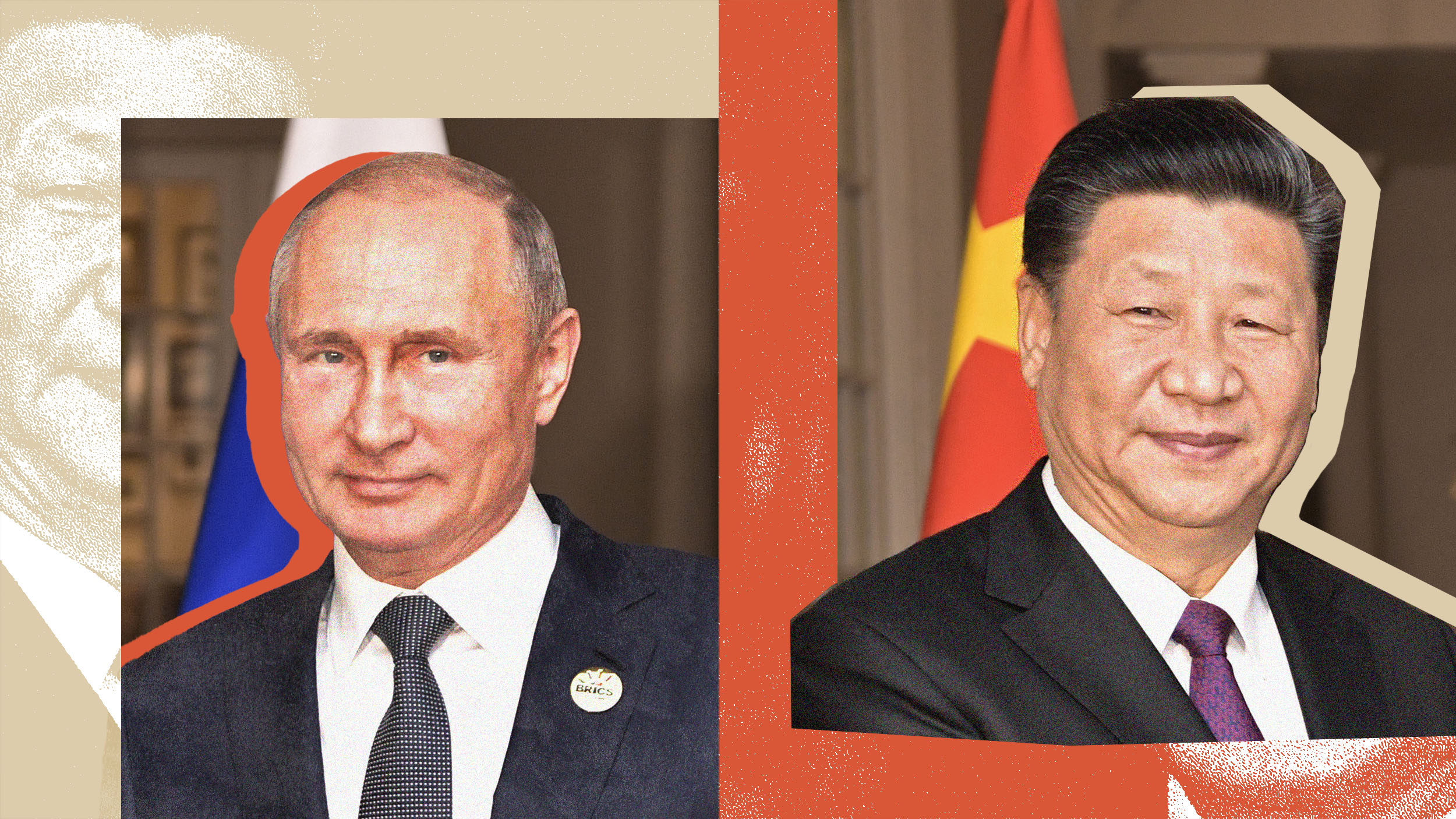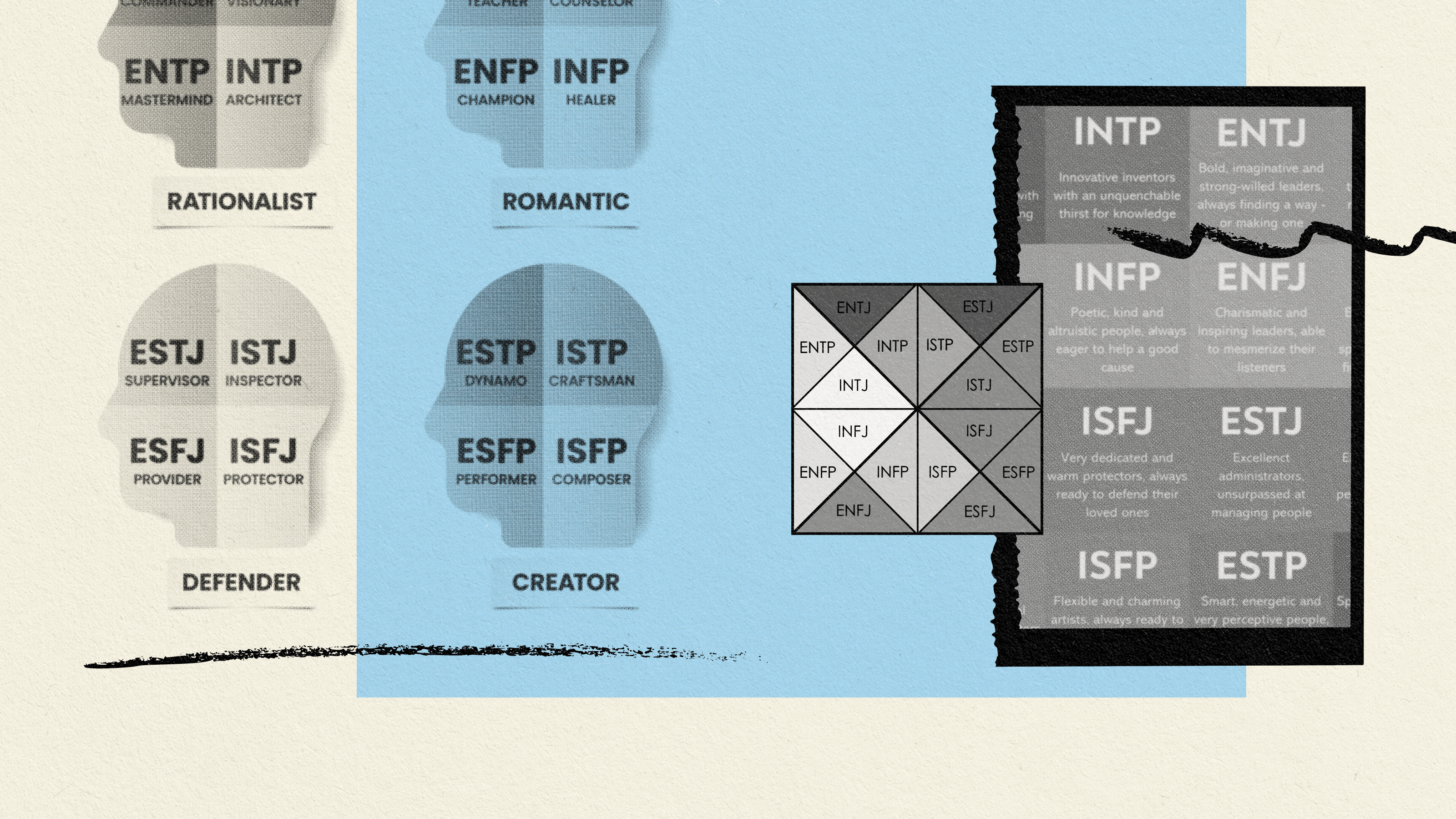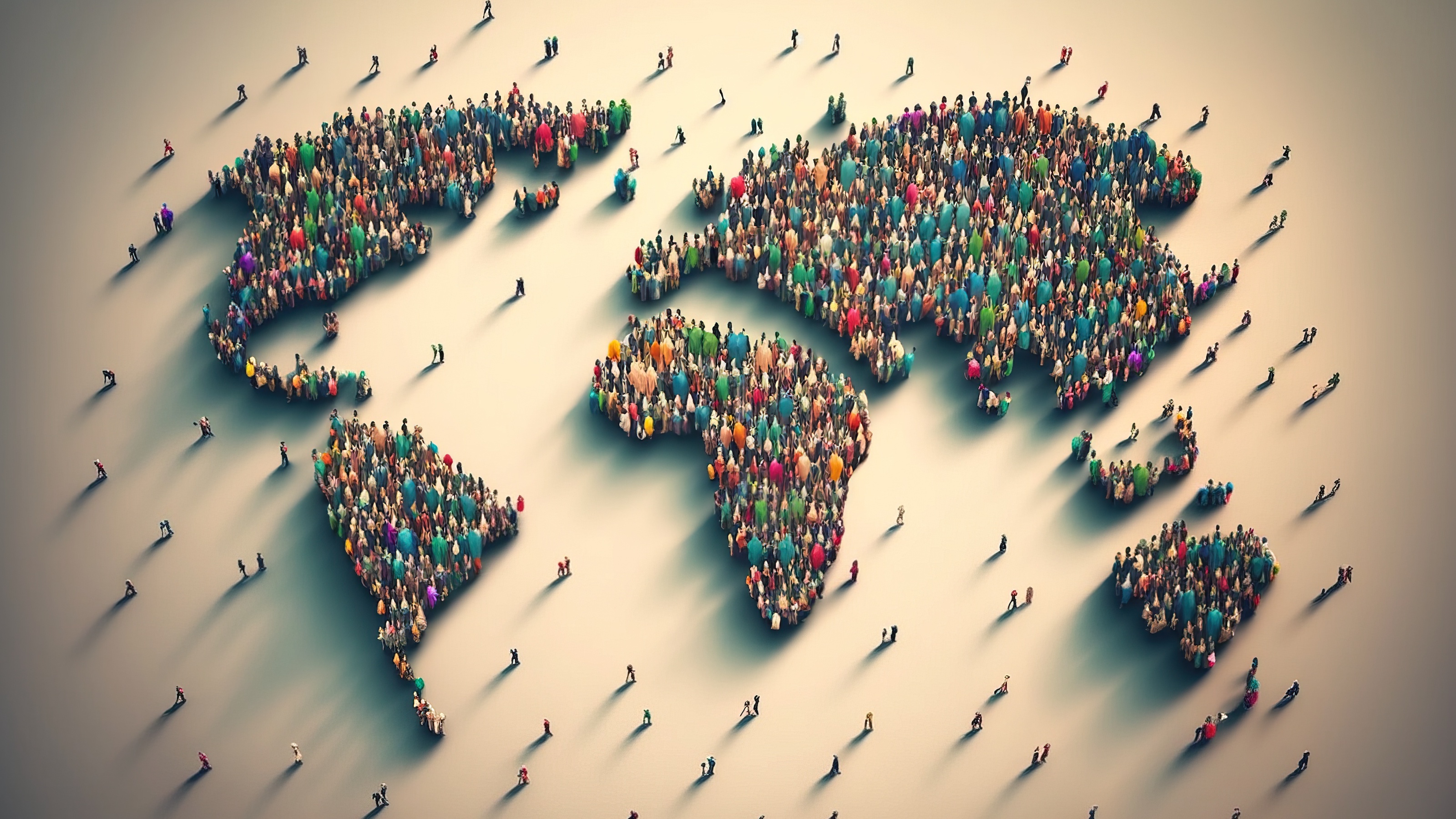Andrew Yang on why universal basic income won’t make people lazy

(Photo credit should read JOSHUA LOTT/AFP/Getty Images)
- 2020 Democratic president candidate Andrew Yang discussed his views on universal basic income with The Fifth Column.
- Andrew Yang is the only candidate who's made universal basic income central to his platform.
- His 'Freedom Dividend' plan aims to give every American – no matter their income – $1,000 a month.
A crowded field of 2020 Democratic presidential election candidates has left many executive hopefuls wasting no time trying to distinguish themselves. But while some are focusing on identity issues or a return to pragmatism, Andrew Yang is the only candidate who’s made universal basic income central to his campaign.
The 44-year-old entrepreneur hopes to implement a universal basic income – called ‘The Freedom Dividend’ – that would give every American over the age of 18 a monthly check for $1,000. The plan aims to cushion the damages that automation and technology bring on the American workforce. To Yang, these job losses are part of a disruptive phase that’s both reminiscent of past industrial revolutions and far from over. He says his universal basic income plan would help displaced workers and also:
- Grow the economy by 12.56 to 13.10 percent—or about $2.5 trillion by 2025.
- Increase the labor force by 4.5 to 4.7 million people.
- Allow more Americans to become entrepreneurs.
Yang recently sat down with Kmele Foster, an entrepreneur and media commentator who hosts “The Fifth Column” podcast, to discuss his universal basic income plan. The whole episode is worth a listen, but one of the most interesting bits came when Yang addressed the question: Won’t the Freedom dividend disincentivize work?
Foster mentioned how his mother lost her job at a consulting firm because she’d developed a narrow skill-set that became noncompetitive, and he suggested that she’d be less interested in broadening her skills if she were to receive $12,000 annually from the government. Yang disagreed.
Turning coal miners into coders is not the answer
“I would suggest that her ability to access, like, additional resources and training would be enhanced by the fact that she has one-thousand bucks a month,” Yang said.
“But incentives and ability are different things,” Foster said. “So her ability might be enhanced, but her incentives might be diminished, and it’s possible for those two things to happen simultaneously.”
“You know, I’m just not a huge believer in extreme financial scarcity as, like, the necessary position to be in in order to induce someone to try and find something to do,” Yang said. “It’s, like, most people in my opinion, will try and find something to do, because they want to find something to do.”
The argument that plans like The Freedom Dividend would disincentivize work is a common criticism of UBI, and the logic is usually rooted in a longstanding criticism of welfare: Giving people free money makes them lazy.
But there’s a fundamental difference between welfare and UBI: Welfare essentially rewards people for not getting a job, because doing so would mean they can’t receive money anymore. This disincentivizes work. Meanwhile, people wouldn’t have to meet any conditions to receive Yang’s dividend, meaning there’d be no reward for staying unemployed.
Yang nodded to research suggesting that UBI programs don’t significantly change work levels. One oft-cited UBI study, conducted on the Alaska Permanent Fund, found no real impact on full-time employment rates, and actually showed that part-time employment increased by 17 percent.
“It is reasonable to expect an unconditional cash transfer, such as a universal income, to decrease employment,” the authors said. “A key concern with a universal basic income is that it could discourage people from working, but our research shows that the possible reductions in employment seem to be offset by increases in spending that in turn increase the demand for more workers.”
Yang echoed this point about consumers’ increased buying power, and also said he believes that his proposed dividend would generate economic value because it’d allow more Americans to experiment with entrepreneurism.
“You’re going to end up creating hundreds of thousands of new entrepreneurs, guaranteed, if you have something like the Freedom Dividend, because there are so many Americans who would love to take a shot,” Yang said.
“Now, you could argue that, ‘Hey, maybe some of these people should not be being entrepreneurs […]’ But you’d wind up with a really significant number of diamonds in the rough, and the way our system works is that a number of diamonds could potentially create so much value that it doesn’t really matter what happens with the five people next to them. So, there would be, to me, if anything, an unlocking of human capital that would end up enhancing our system’s dynamism.”
You can check out the full episode of The Fifth Column podcast here.





